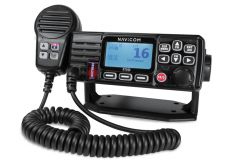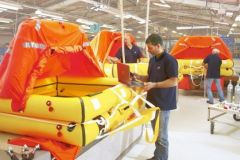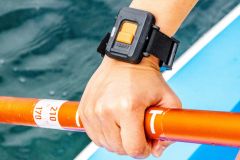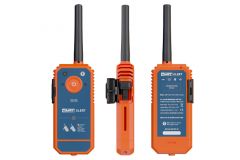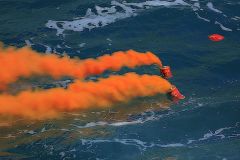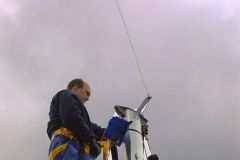A crew member falling overboard is one of the most critical scenarios in sailing. When conditions deteriorate and the crew is reduced, the slightest delay in reaction can be dramatic. This article looks at the technical and practical aspects of dealing with an MOB (Man OverBoard) situation.
Reacting in under ten seconds: an imperative for fast navigation
At ten knots, every second counts. In ten seconds, the boat has already covered 50 m. The first challenge is to be able to detect the fall immediately. An automatic distress signal (AIS) is essential to trigger the recovery maneuver as quickly as possible.
Individual MOB beacons with AIS transmission are to be preferred in this respect, as they instantly alert the board via the AIS receiver, often coupled with the charting system. Logically, it's the nearest boats, and especially the one from which you've fallen, that can intervene the quickest, via the AIS alarm.

A dual-function beacon: local reach and global alert
Some beacons combine the AIS function with that of a Personal Locator Beacon (PLB), providing global coverage and triggering remote assistance. The development of these models, combining PLB and AIS in a single unit, enables boaters to benefit from both local coverage and satellite relay to rescue coordination centers. However, these models are bulkier than conventional AIS beacons. Some are up to 20 centimetres long and weigh almost 200 grams.
The compromise on size remains acceptable, especially as these beacons are designed to be integrated into modern lifejackets. They also offer an EPIRB (Emergency Position Indicating Radio Beacon) function: an LED lights up when the distress call has been received by the rescue center, providing valuable and reassuring information for the survivor.
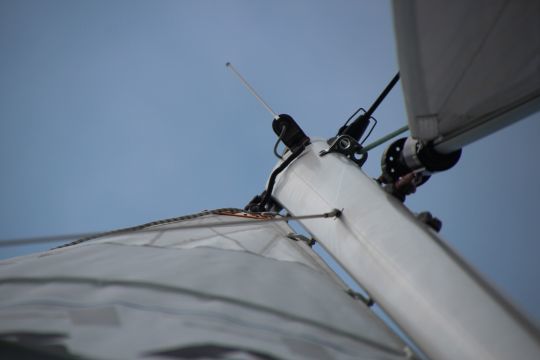
Optimized localization with masthead antenna
To maximize the range of a castaway's AIS signal in a swell (his AIS beacon has only a small antenna at water level), it's essential to get the best possible signal reception. As personal beacons have a low transmitting power, the quality of reception on board becomes decisive. The highest antenna perched at the top of the mast on a sailboat, combined with an amplified splitter, significantly increases the chances of reception, even in difficult conditions.
A dedicated AIS transponder with amplified reception makes it easier to locate a crew member who has fallen overboard, especially if waves regularly mask the signal. Amplifying AIS reception has a direct impact on detection capabilities in the first few minutes.
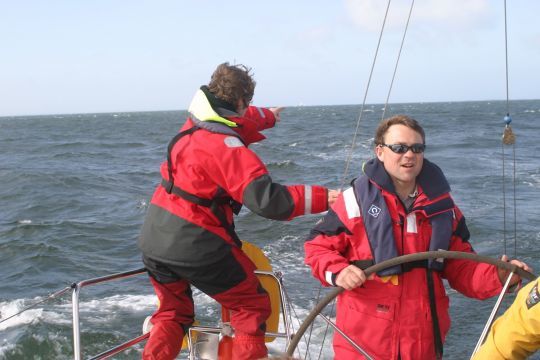
Prevent hypothermia and drowning
Two major risks threaten an MOB: hypothermia and drowning. The choice of vest is therefore central. An inflatable vest with 275 newtons of buoyancy (instead of the standard 150) guarantees better body straightening and keeps the face out of the water, even with heavy clothing.
Additional equipment in the vest is recommended: integrated wave hood, flashlight for increased night-time visibility, whistle, storage pocket for beacon and accessories, and lanyard cutter system to prevent drowning by pulling behind the boat. The aim is to maximize buoyancy, visibility and autonomy in the water.
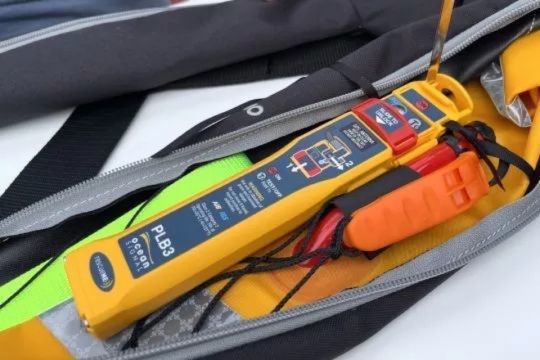
Communicate as soon as you get back on board to avoid false alarms
Once the survivor has been rescued, a crucial issue arises which is not often mentioned: how to cancel the alert transmitted to the rescue services via the PLB signal? Without confirmation of recovery, rescue resources may be deployed unnecessarily.
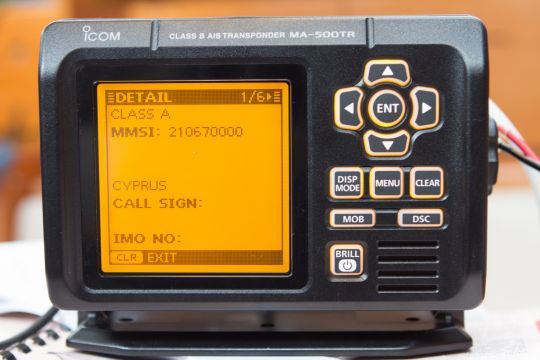
A coherent set of facilities to match the program
There is no one-size-fits-all solution. The right equipment is a compromise between type of navigation, number of crew, budget and boat configuration. However, it is advisable to think in global terms: a suitable lifejacket should be associated with a personal beacon, a good AIS reception system on board, a flashlight and ideally survival accessories such as candy bars or a cyalume.
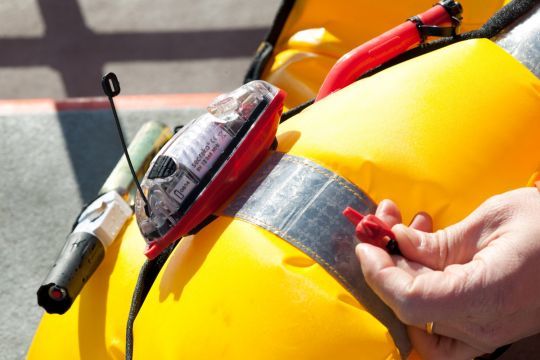
Safety has a cost, but compromises are possible
Equipping each crew member with a complete set âeuros 275 N vest with accessories, combined PLB/AIS beacon, flashlight... âeuros represents a substantial investment. As an indication, a combined AIS/PLB beacon can cost around 600 â¬, a top-of-the-range vest around 300 â¬, and a flashing light around 50 to 100 â¬. And that's not counting additional options such as hand lights or lanyard cutters.
This expense, well in excess of ?1,000 per person, often means purchases spread out over time. Many yachtsmen opt for equipment that is both upgradeable and compatible, by purchasing components progressively. The key is to identify priorities according to your sailing schedule and your exposure to risks.

 /
/ 



